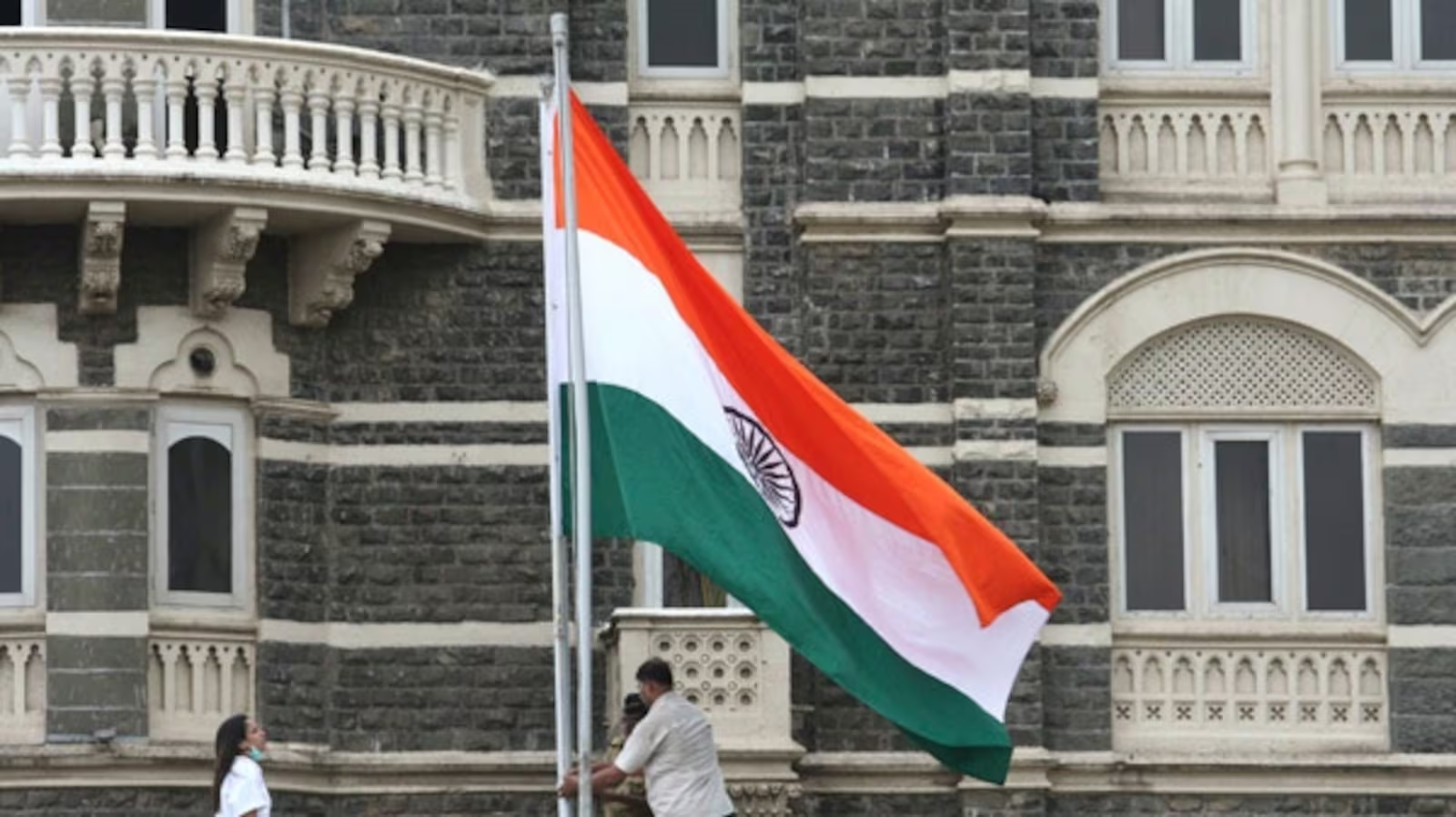NEW DELHI — Rescuers in India’s northeastern tea-growing hill district of Darjeeling continued their search on Monday for people missing after a series of landslides triggered by heavy rains killed at least 24 people over the weekend, officials said.
Teams from the Indian Army and the state disaster response force were deployed to locate those feared trapped under debris, according to West Bengal Development Minister Udayan Guha. Rescue efforts were slowed by ongoing downpours and damaged roads, which cut off access to several remote villages.
Television footage showed crews using earth movers to clear large swathes of mud and rubble. The intense rainfall destroyed homes, damaged critical infrastructure, and left hundreds of tourists stranded in the popular hill station. Two iron bridges also collapsed due to the flooding, West Bengal Chief Minister Mamata Banerjee confirmed on X.
India’s meteorological department has forecast heavy rainfall to continue in the region through Tuesday, raising concerns about further landslides and flooding.
The devastation in Darjeeling came as neighbouring Nepal grappled with similar extreme weather. At least 44 people were killed there on Sunday, including 37 in the eastern mountain district of Illam, where whole villages were swept away by mudslides and flash floods. The torrential rains arrived near the end of Nepal’s monsoon season, which typically runs from June to mid-September.
Meanwhile, Chinese state media reported that hundreds of hikers were rescued from Mount Everest’s slopes in Tibet after heavy snow stranded them at tourist campsites. About 350 hikers were brought to a meeting point in Tingri county, and contact was established with another 200.
The landslides in India are the latest in a series of extreme weather events across South Asia, where cloudbursts, flash floods and landslides have claimed hundreds of lives in recent months. In August, flash floods swept away an entire village in India’s Uttarakhand state.
Experts have warned that climate change is intensifying South Asia’s monsoon patterns, making rainfall more unpredictable and extreme. Traditionally spread across two distinct periods — June to September and October to December — monsoon rains now arrive in erratic bursts, bringing heavier downpours in shorter spans followed by prolonged dry spells, increasing the risk of disasters.

